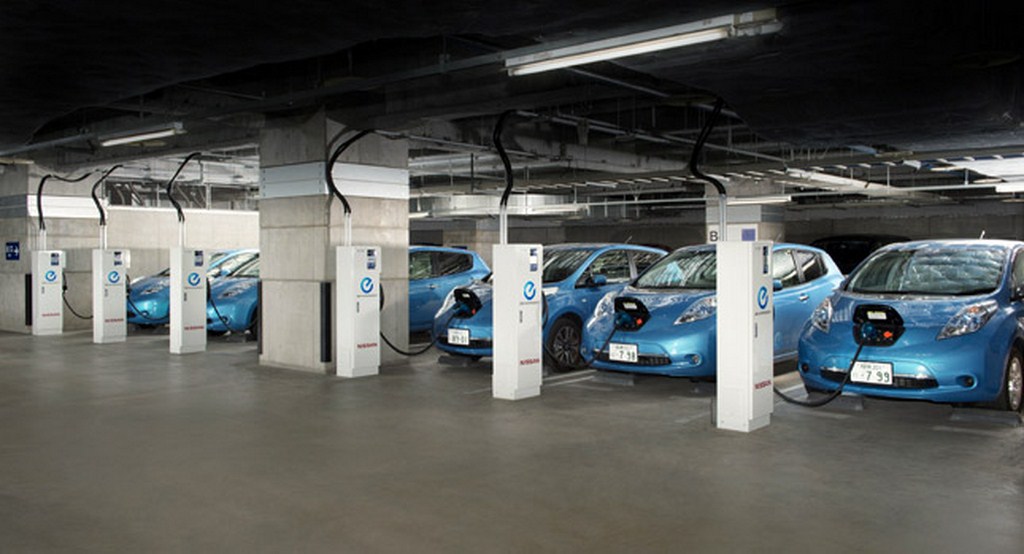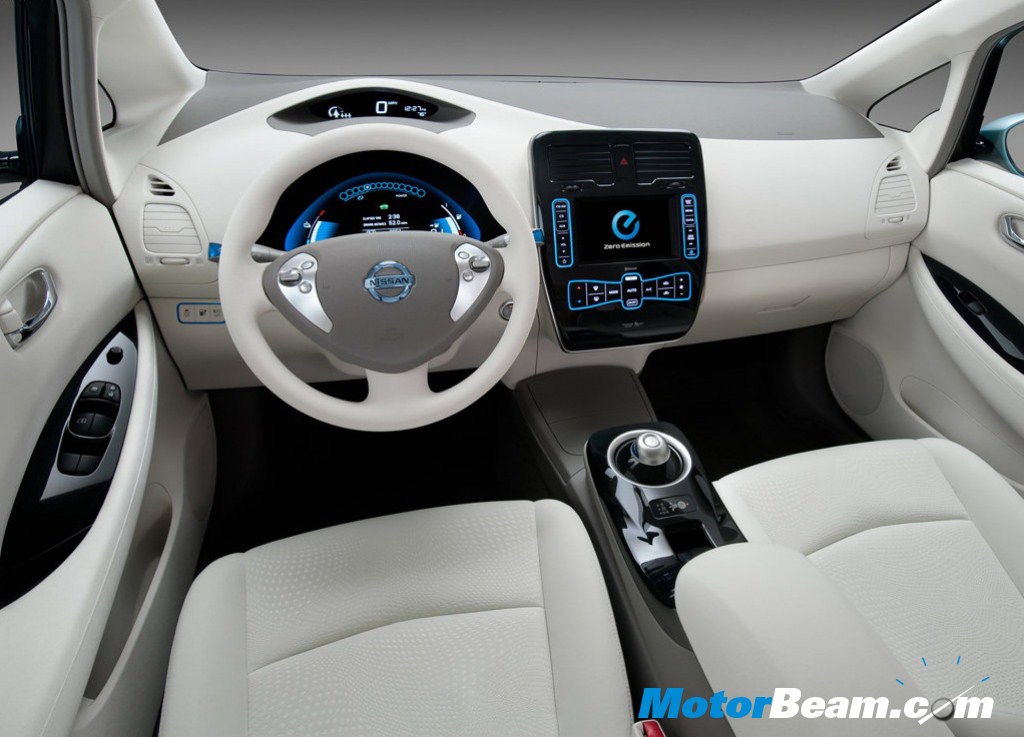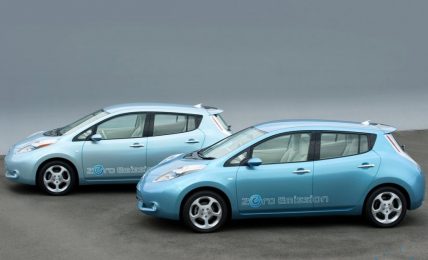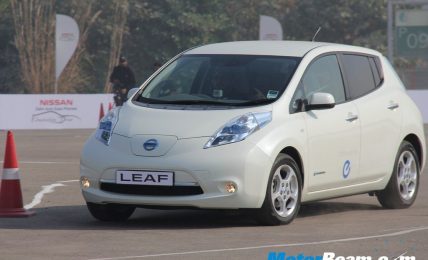It is not a typing mistake, neither should the title be the other way round and there is no pun intended either. So what the title reads is absolutely true. Nissan is developing a program that would allow employees to plug in their batteries of the Nissan Leaf into the main electricity board of their office building. By doing so, the office would be drawing power from the car batteries during peak load times. During the day, electricity consumption at such places is at a high and so are the per unit charges. As the day fades, electricity becomes cheaper and power is drawn from the mains to the batteries.
Nissan conducted the above test with six Leaf EV’s plugged into a building. While the car battery would provide power during peak times, it was also ensured that at the end of the day power would also flow back to the car batteries. The electric vehicle would be fully charged for the employees trip back home. The same Vehicle-to-Building program has also been conducted at the Nissan Advanced Technology Centre in Japan. A claimed 25.6 kW reduction in consumption from the mains was realised. In other words, a 2.5 percent reduction in use of electricity which accounts for about $4864 (Rs. 3 lakhs) in savings.
The charged Nissan Leaf brought to the office will also benefit from the Leaf-to-Home program which encourages owners to charge their cars during the night or through other conventional means like solar power. The program is a highly appreciated initiative by Nissan but doesn’t that also mean there should be enough electric vehicles, or even six per building to realise the effect of the program. Other than that, the battery of the Nissan Leaf is undoubtedly a very capable one. The Lithium-ion battery pack consists of a total of 192 cells which provides 24 kW-hr of energy. The battery is expected to last for 10 years under normal working conditions with up to 30 percent capacity loss during the time period.





